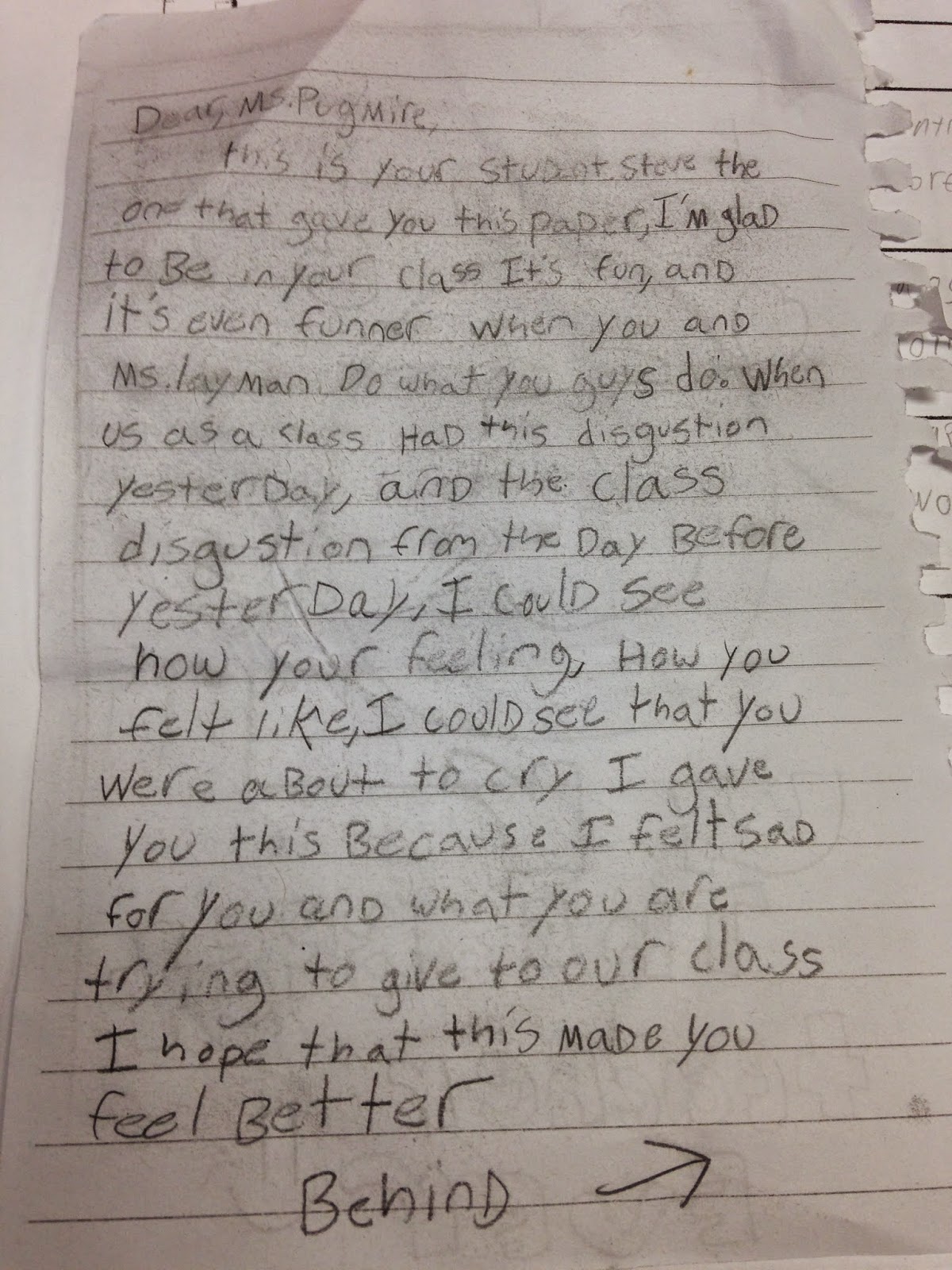Experiencing the Holocaust
The past few weeks, my students have been studying the Holocaust. I decided that they were learning, but it wasn't personal enough and that's when true learning occurs. I found a book called "The Butterfly" by Patricia Palocco. It's a children's book based on the true story of a German girl whose family hid Jewish families during the Holocaust. In the end, the family tries to get the Jewish girl and her family to freedom but they don't know if they made it. Then the German girl sees a huge swarm of butterflies and knows her friend made it to freedom. After reading the book, we talked about how the butterflies symbolized freedom in the story, something that Jews didn't have.
After discussing this poem, I gave each student a poem from the book. They had to read it, decide what the child's hopes, dreams, and fears were, and then create a butterfly to represent the child. When they were done, they got up and reported about their child. Then, I told them the fate of their child. As you can guess, most died in the concentration camp or in Auschwitz. Out of 15,000 children that passed through the camp, only 100 survived.
After our discussion, I read my students the poem, "I Never Saw Another Butterfly" by Pavel Friedman. It is from the book, "I Never Saw Another Butterfly" which is a complication of poems from the Terezin concentration camp. It was a "model" camp where the Red Cross visited and where the Germans made it look like there was nothing going on. Some wealthier Jews even paid to go there because it was nicer than other camps. Because of this, culture flourished. Art, writing, and poetry became a past time. The book is a collection of poems and artwork from the children that stayed there. Before going to Terezin, all Jews were condemned to death. Even though Terezin was not a death camp, many people died because they were shipped to Auschwitz to be killed. Others died from starvation and disease.
They did a great job. What do you think?












.JPG)
Comments
Post a Comment